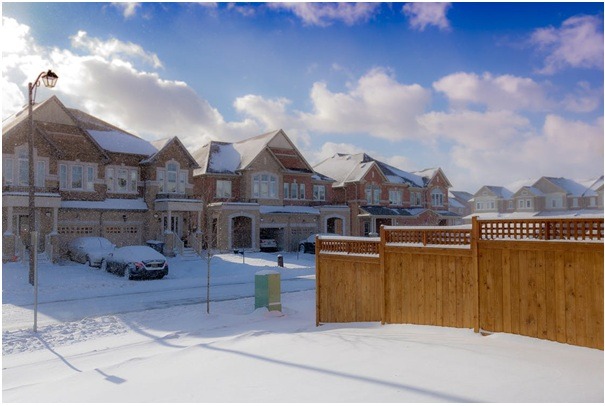Your garage is an extension of your home, and just as you perform various maintenance tasks around the house, you shouldn’t ignore the doors and windows. Maintaining doors throughout your space not only grants you and your family the safety and security you need, but also keeps them fully functional to protect your home from dust, insects, as well as cold drafts during the colder months.
There are various measures you can take to maintain your garage door throughout the winter months, and below are the main recommended steps.
1. Perform General Initial Inspections
Before deciding on what needs to be fixed, the logical initial step is to evaluate the door and its tracks. Stand outside and watch your garage door as it goes up and down a few times. Pay attention to any sounds it might make, and observe the movement in the tracks, taking note of any spots where the door seems to get stuck or slow down. Look out for any unusual sounds or movements along the way, for they might represent warning signs that something isn’t working properly.
This initial inspection may be simple to perform, but to be sure, you could call a specialist. Depending on where you live, make sure that you consult someone that is credible and has good reviews. People in Australia, taking Brisbane as an example, always have specialists that can tend to garage doors Brisbane locals can rely on, and you’re bound to find a specialist in your area that provides the same quality of service and professionalism. A professional’s opinion is important – especially if your garage door is relatively old – for they can advise you on the best way to repair and maintain the door and tracks to keep them working as they should.
2. Thoroughly Lubricate the Moving Parts
Periodically giving your garage door’s moving parts a good, thorough lubrication can go a long way in protecting all of your door’s components, helping it go up and down with ease and without damage. You can do this by spraying lubricant of any of the garage door’s moving parts like the springs, bearings and hinges. If you don’t have access to spray lubricant, you can always use a few drops of standard engine oil as an alternative. Remember, you should never use grease for it’s too thick, and will leave your door tracks sticky, collecting dust and hair, hindering the door’s smooth movements, and causing more issues in the long run.
3. Closely Examine How It Seals
A very simple and effective way to do this is to wait until after dark, turn the light on in your garage, stand outside in your driveway and close the door. Looking directly at the door and its edges, you shouldn’t be able to see any cracks of light – if you do, this is an indication that you may have a problem with the seal around the door.
Cracks and seal faults are essentially unwanted space that allows heat to escape your home during winter, and cold air to get in. This doesn’t only make your indoor heating less effective, but leads to a substantial increase in power consumption as your heating system tries to overcome the cold seeping through from outside. This is an issue that can simply be solved by replacing any damaged or compromised parts of your garage door seal. It is also recommended to periodically clean up the seal, removing any grime or dirt that may collect and cause further issues.
Maintenance is Key
As an outside component of your home, your garage door is exposed to the various elements and is susceptible to wear and tear. So, when the air starts to cool, it’s time to maintain the garage door in preparation for winter, in order for it to give you and your family the protection and warmth you seek.
